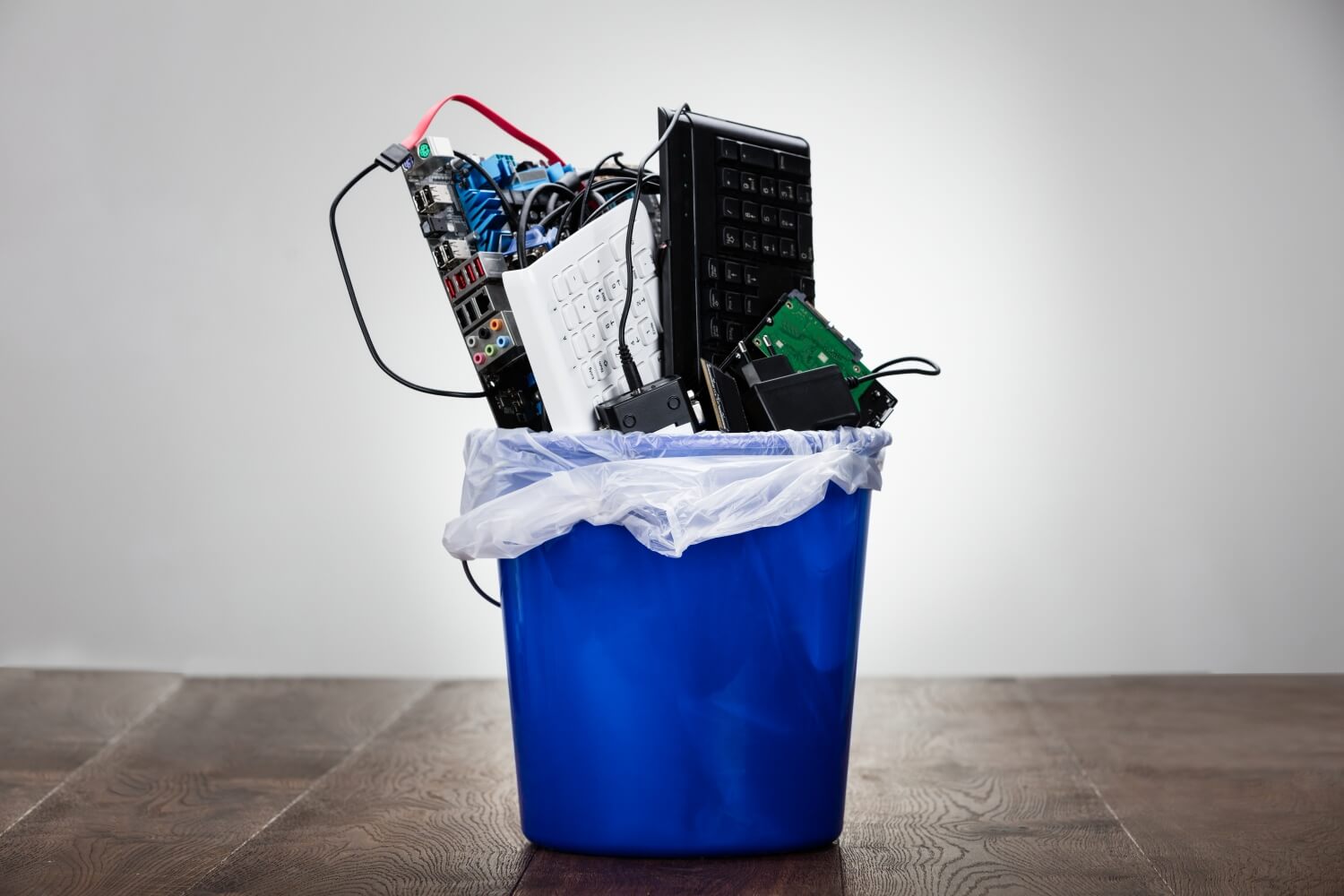The big picture: Electronic waste is a generalized term that collectively refers to all discarded electrical and electronic devices, not just stuff that ends up in landfills. According to the GESP, only 17.4 percent of e-waste in 2019 was formally documented and recycled. Considering the high-value metals like copper, gold and iron that can be extracted from old electronics, lots of money - an estimated $57 billion - ended up dumped or burned rather than recovered.
Rapid technological advances in consumer electronics resulted in a record amount of e-waste generated last year.
According to a new report from the Global E-waste Statistics Partnership (GESP), a record 53.6 million metric tons (more than 118 billion pounds) of electronic waste was generated in 2019 - or 7.3 kg (16.09 pounds) per person. Despite the best efforts of recycle and reuse campaigns, that represents a 21 percent increase over the past five years.

Per the report, Asia was the biggest offender with 24.9 million metric tons of e-waste generated followed by the Americas at 13.1 million metric tons and Europe with 12 million metric tons.
The issue is only expected to worsen over time. By 2030, global e-waste is forecasted to reach 74 million metric tons thanks in part to higher consumption rates, shorter product life cycles and limited repair options.
Image credit: gopixa, Andrey_Popov
